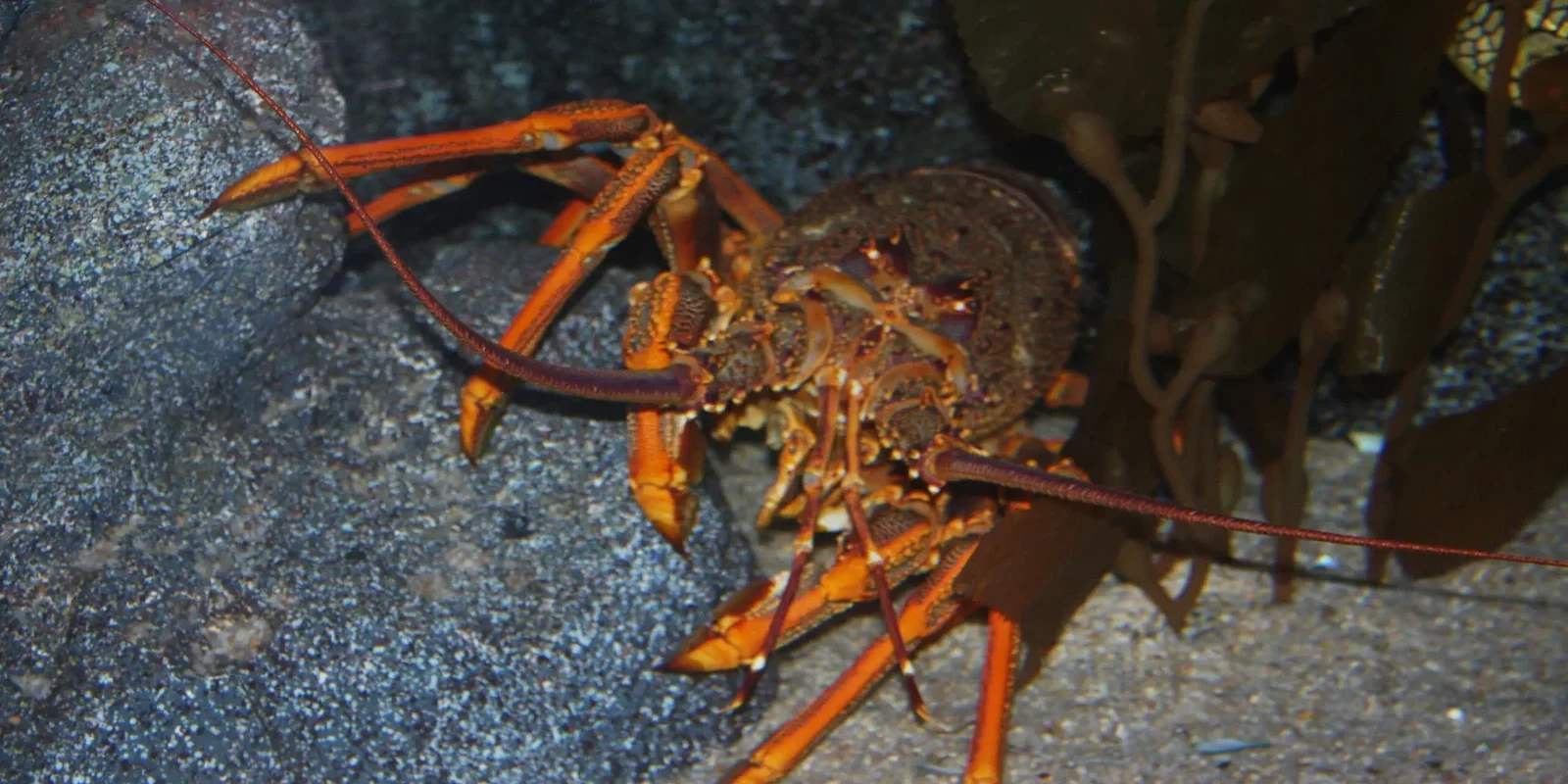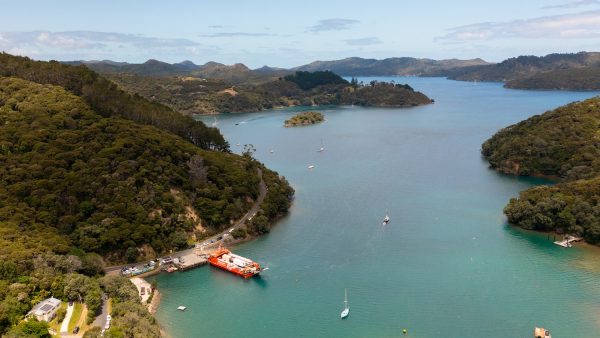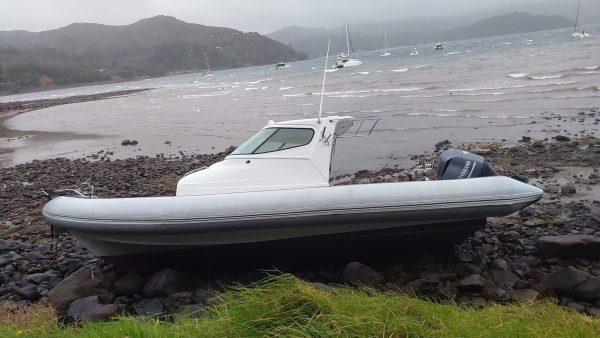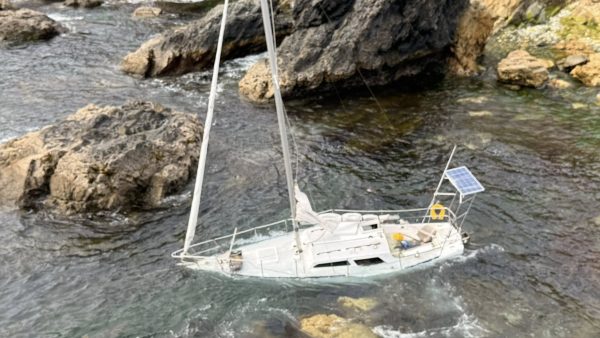Public opinions are being sought on new government proposals to leave more crayfish in the ocean around Great Barrier and across the wider Hauraki Gulf.
Fisheries New Zealand (FNZ) says the changes are aimed at rebuilding stocks and making the fishery more predictable year to year.
“The options for proposed management targets… translate to more lobsters in the water for now and for generations to come,” says Fisheries NZ director of fisheries management Emma Taylor. “It would mean a better fishing experience for customary and recreational fishers, and provide commercial fishers with the certainty they need to deliver consistently to their customers.”
The review covers the Hauraki Gulf/Bay of Plenty fishery — officially called CRA 2 — and the Wellington/Wairarapa fishery (CRA 4). For CRA 2, FNZ is consulting on four possible long-term “management targets,” which set the amount of crayfish that must remain in the water before catches are set each year. These are based on exploitable biomass — the part of the population that can legally be taken (lobsters above the minimum size, not carrying eggs, and not in a soft-shell state).
The options for CRA 2 (incorporating Great Barrier Island) are:
- Status quo: 1 × BMSY (about 13% of the unfished stock).
- Option 1: 1.75 × BMSY (about 21%).
- Option 2: 2.5 × BMSY (about 30%).
- Option 3: 3.5 × BMSY (about 42%).
Higher targets mean more lobsters left in the water, but also less catch available in the short-term. FNZ notes that catch reductions would be required across commercial, recreational, and Māori customary sectors — but the consultation does not decide who loses how much. That remains with the Minister for Oceans and Fisheries when total allowable catches are reviewed.
Taylor says crayfish also help keep the marine ecosystem in balance. “Rock lobster eat kina among other things, and they can help to keep kina numbers down, so they don’t destroy important kelp forest habitat and cause bare areas known as kina barrens.”
The consultation comes just months after a three-year ban on crayfishing in the inner Hauraki Gulf took effect on 1 April. That closure, from Cape Rodney to Point Wells and from Orere Point to Kawakawa Bay, is intended to restore depleted stocks. Great Barrier is now the first major fishing ground outside the ban zone, raising fears of heavier fishing pressure.
“Whilst it’s good news for the inner Gulf, it’s disastrous for Aotea,” Great Barrier Local Board chair Izzy Fordham said earlier this year. “Our already depleted crayfish stock face overfishing by both commercial and recreational fishers who will now be forced to come our way.”
Poaching has added to the strain. In May 2024, police intercepted a vessel near Great Barrier carrying 21 packhorse crayfish, some undersized, after it fled from officers. Earlier this year, Fisheries NZ issued infringement notices to what appeared to be a crayfish poaching syndicate operating off Great Barrier.
Daily catch limits for recreational fishers are six lobsters per person in total — no more than three may be spiny (red rock) lobsters, with a minimum tail width of 54 mm for males and 60 mm for females; the remainder, if any, may be packhorse lobsters, with a minimum tail width of 84 mm for males and 90 mm for females; if no spiny are taken, up to six packhorse lobsters may be caught.
Consultation opened on 11 August and closes at 5pm on 8 September. Submissions can be made via MPI’s website.







